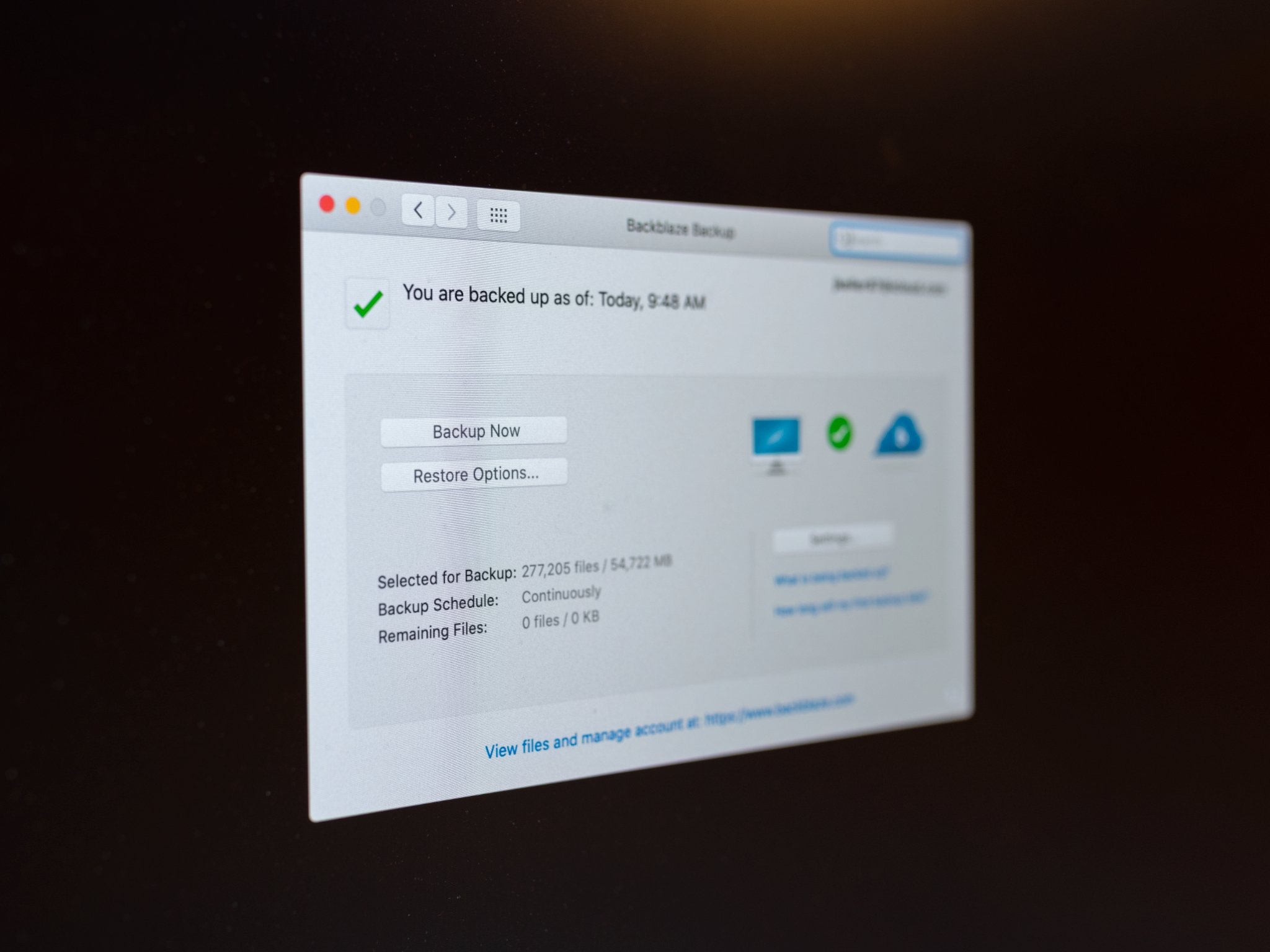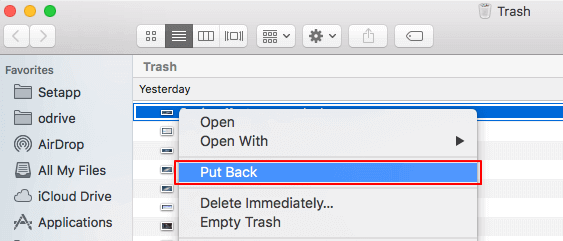
- #MAC TIME MACHINE RESTORE PROFILE FOR MAC#
- #MAC TIME MACHINE RESTORE PROFILE MAC OS#
- #MAC TIME MACHINE RESTORE PROFILE SOFTWARE#
- #MAC TIME MACHINE RESTORE PROFILE MAC#
#MAC TIME MACHINE RESTORE PROFILE MAC#
Finally, restart your computer, and your Mac will be restored. Continue through the prompts, selecting the backup version and save location.Ĥ. When you use Time Machine to back up your Mac computer, the local snapshots also automatically starts, once every 24 hours. Method 3: Remove Old Time Machine Backups by Deleting the Local Snapshots. You need to go to Trash to permanently delete them if necessary. Then, when you see the MacOS utilities window, select "Restore from Time Machine backup."ģ. The deleted Time Machine backups have been moved to Trash. Immediately after turning your Mac on, press and hold Command and "R" to restart your computer from MacOS Recovery.Ģ. If, for some reason, your computer doesn't start in either the Finder or setup assistant, you'll have to restore both your MacOS and your files. Check the box to the right of the folder you'd like to transfer, such as your Applications and other files, then click "Continue."ĭepending on the amount of information that you choose to restore, it may take several hours for you to complete this process and get your Mac up and running again.

But if the Utility can't help you out, then you can rely on Recoverit Data Recovery. You can repair your device by using the Mac Utility. Hopefully, you have gathered more than enough information if your Mac won't boot into recovery mode. During recovery, make sure that you don't save the files in the same location because it may lead to data loss again. You can select multiple files at a time and have a preview of them.įinally, tap on the Recover option, and the files will be restored on your drive.
#MAC TIME MACHINE RESTORE PROFILE SOFTWARE#
The software will sort out the files according to format to make the search easier. When the scan completes, the files will be listed on the screen. Typically, the software will run an all-around scan and search for the lost and deleted files on the entire drive. If you don't know which drive to search, tap on the "I can't find my partition" option and hit the Start button. Launch the software and select the drive from where the data files are lost. After it is installed, follow the steps given below to recover the lost files: Step 1: Select a partition.
#MAC TIME MACHINE RESTORE PROFILE MAC OS#
So, you can easily download it on your Mac OS X.
#MAC TIME MACHINE RESTORE PROFILE FOR MAC#
The software is available for Mac and Windows both. You can download the software from their official website. To start Mac in recovery mode, here are the steps that you need to follow: Mac will enter the internet recovery mode if the boot sector is missing or the recovery partition is damaged or corrupted. It can run a quick test of the memory and hard drive to look for issues. Internet recovery starts up Mac from Apple's servers directly. When the Mac system or volume is damaged, it is better to use the Internet recovery mode instead of standard recovery. It will be better if you already have a backup of the data files stored on Mac otherwise, they will get lost.Ĭhoose the "Reinstall Mac OS X" option from the Utility window and wait while the new copy of Lion is set up and installed on your device. If none of the methods work out to repair the Mac OS X, then the last option left will be re-installing. When you finish the process, Mac repair will be done, and you will access it. Connect to a network and follow the steps guided by the utility.A globe icon will appear on the screen with a status bar. Directly access the internet recovery mode by long-pressing the Option + Command + R during the restart.It often comes in handy when you can't boot into recovery on Mac. If any file is lost or corrupted, the users can restore the files using the Backup. Mac users make a smart move as they keep their Backup external drive connected to Time Machine. Here are four common macOS recovery methods that can resolve almost any issue on your Mac to ease up your tension and worries. If the Mac won't boot into recovery mode, it means you have to use the Internet connection and Apple server to look for a possible solution.

In some instances, Mac users try to resolve some common disk errors or some other issue with Mac, and they find out that the Mac recovery mode is stuck.

Your Mac will be good to go by selecting the normal boot disk and clicking on the Restart button.įour Ways to Fix "Mac Won't Boot into Recovery Mode."


 0 kommentar(er)
0 kommentar(er)
